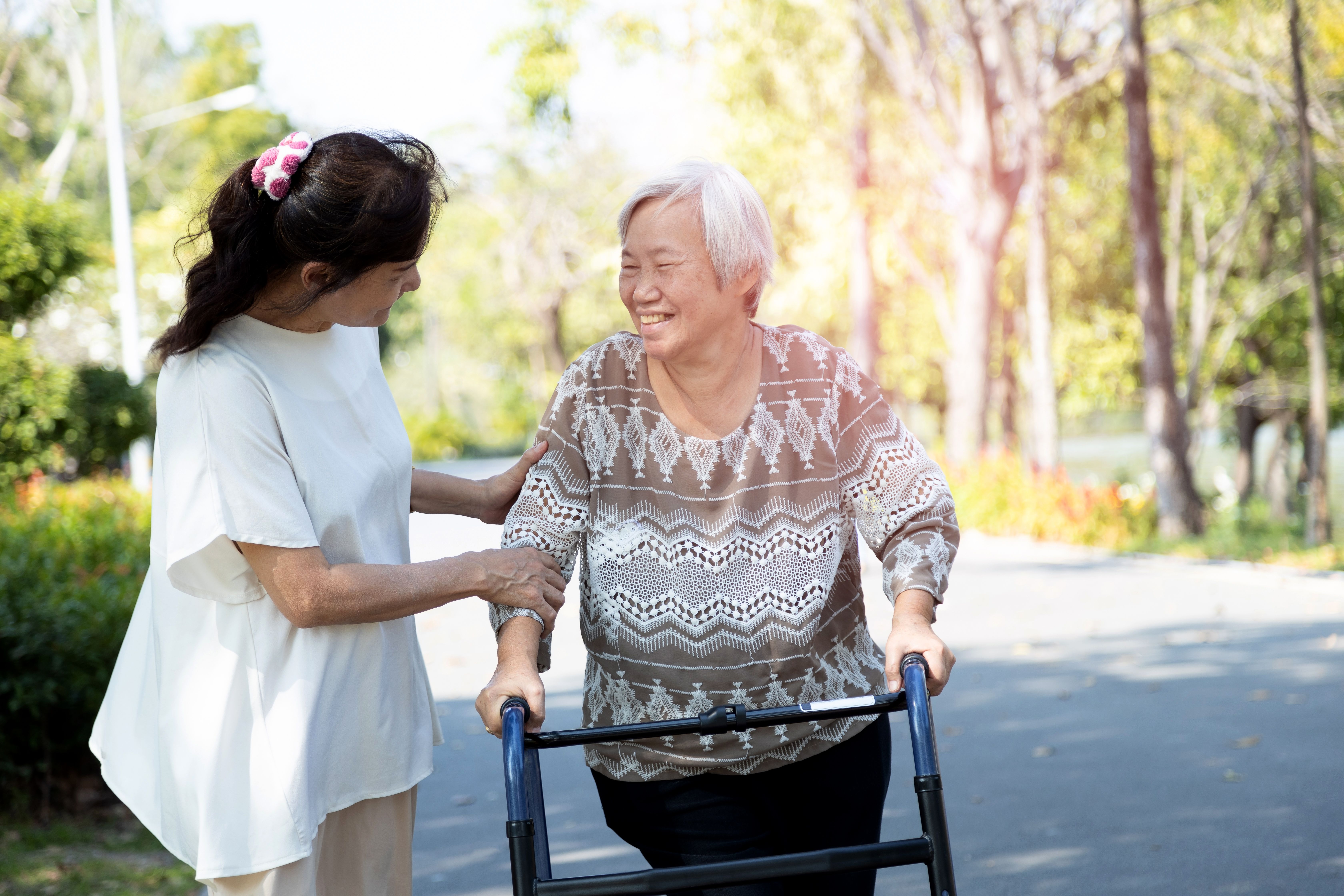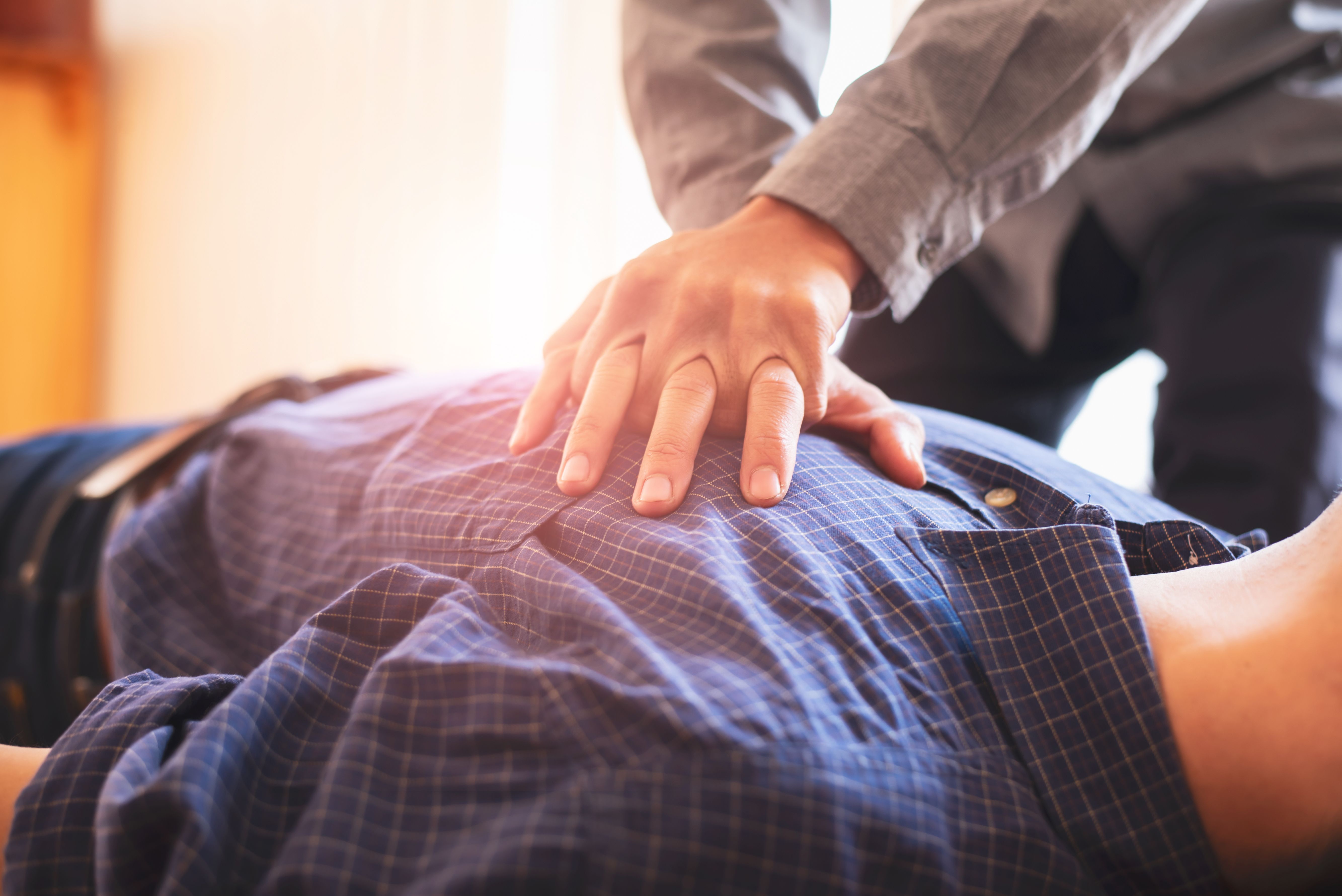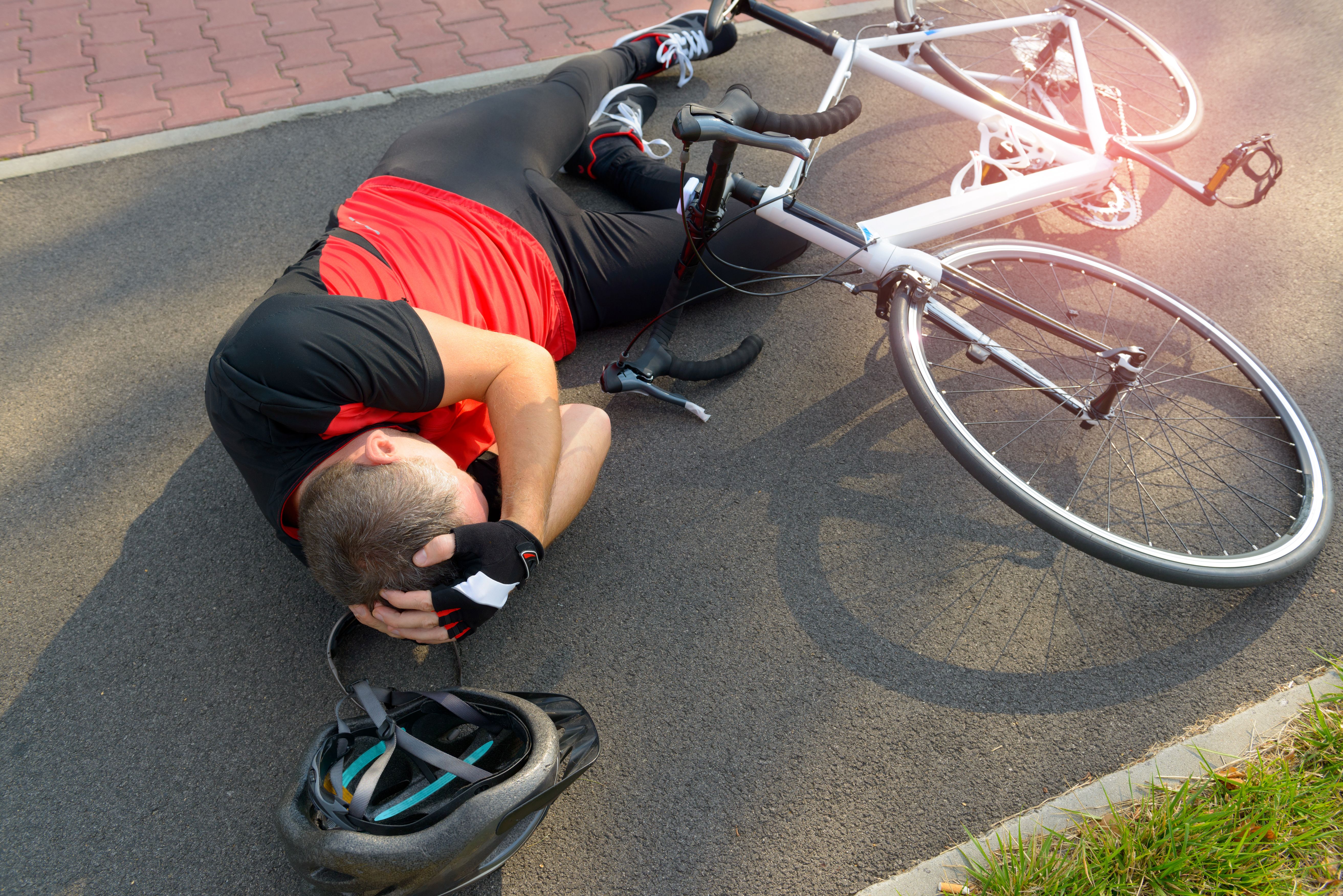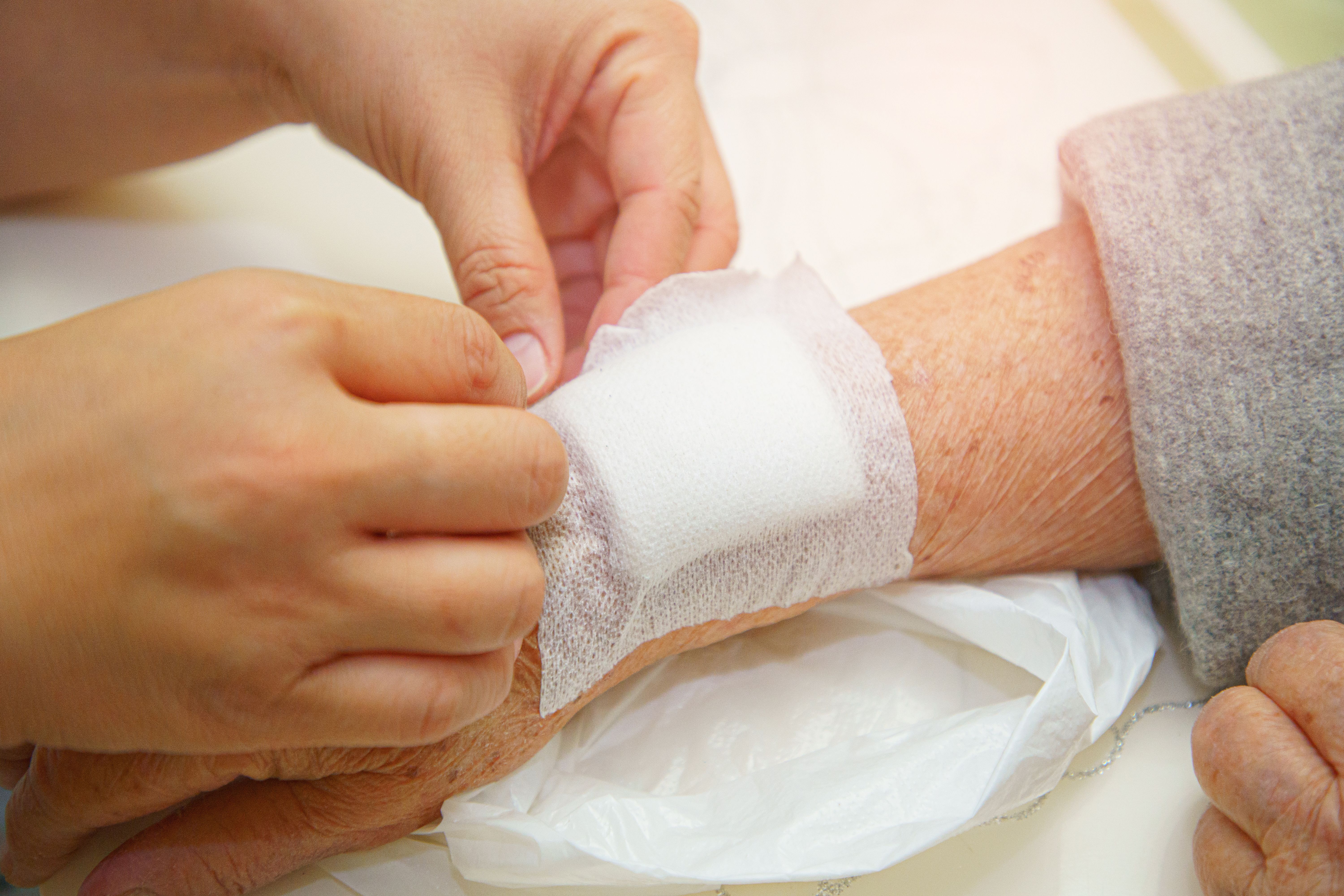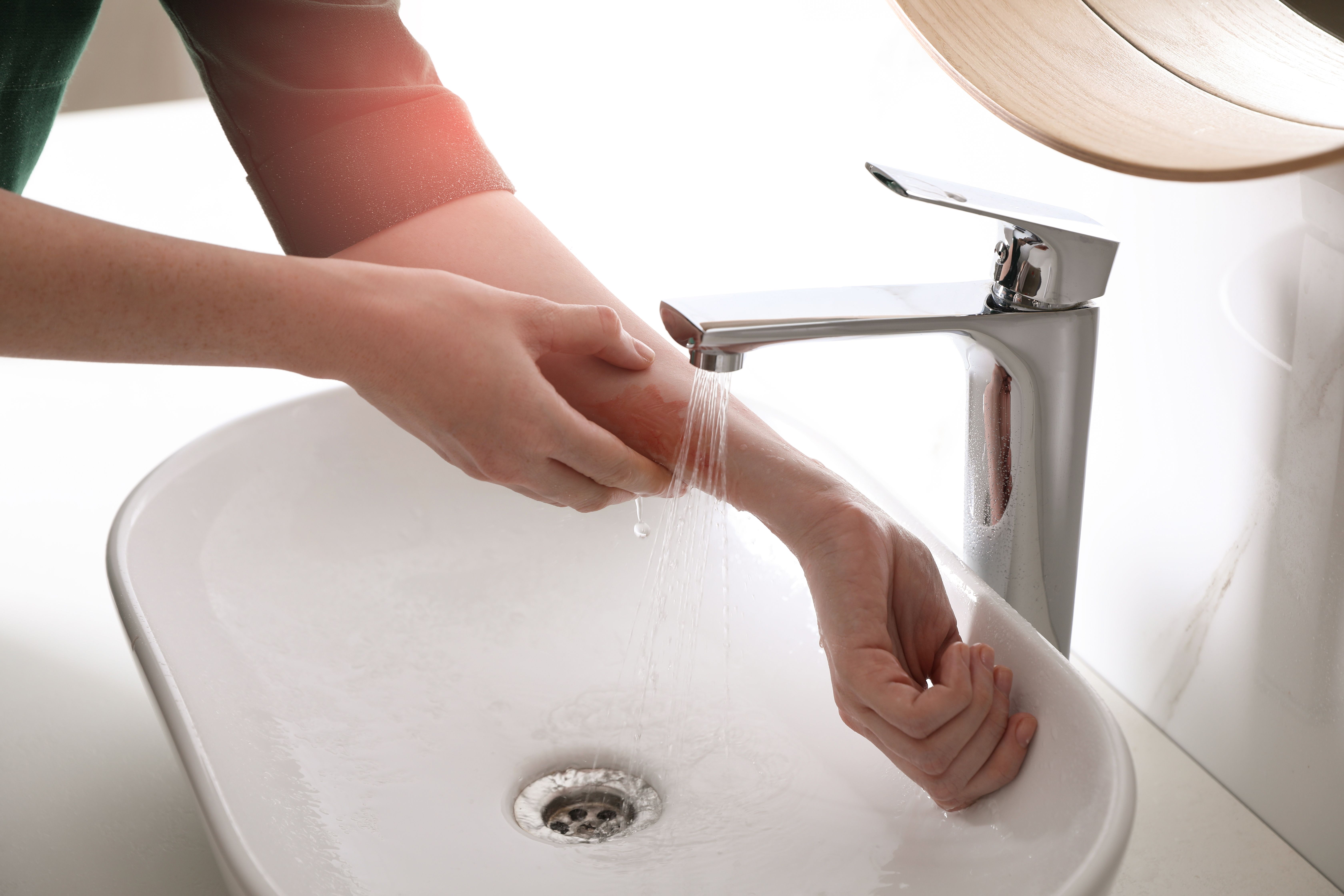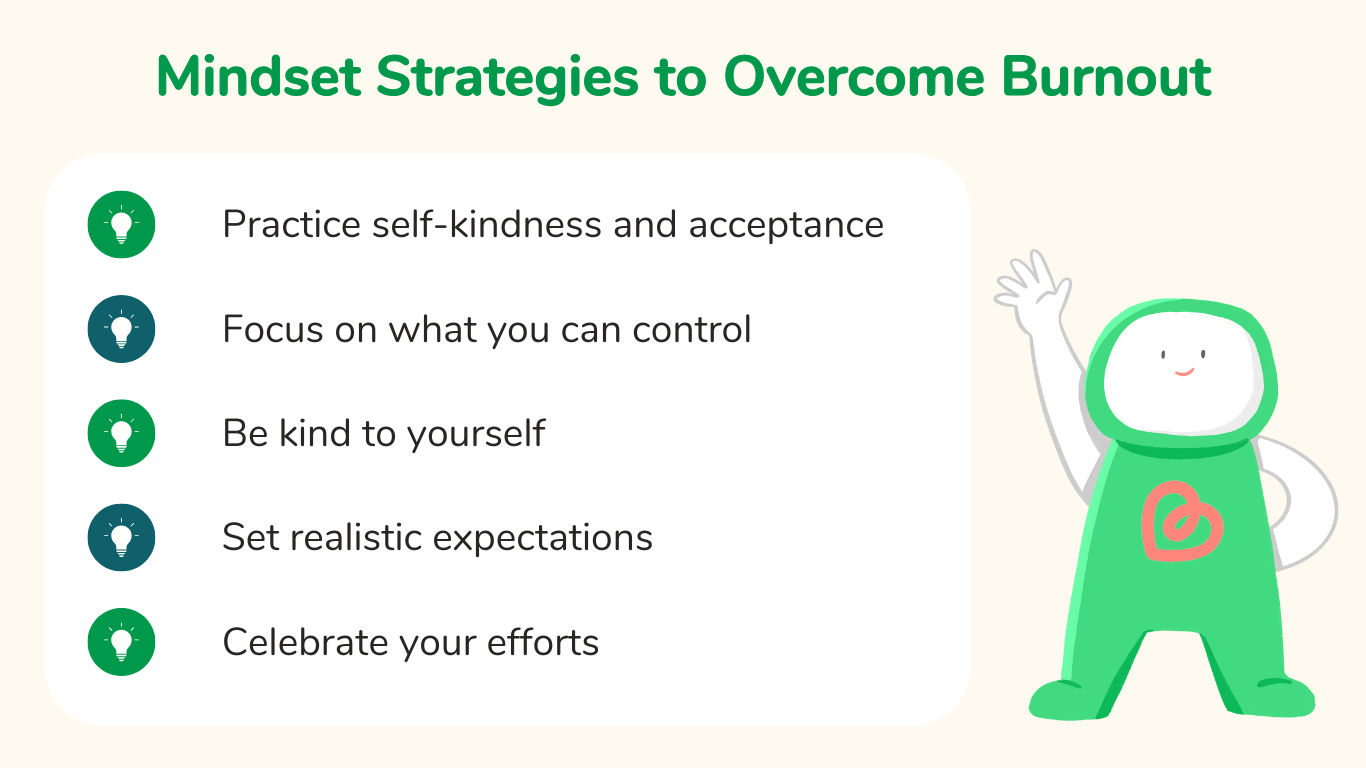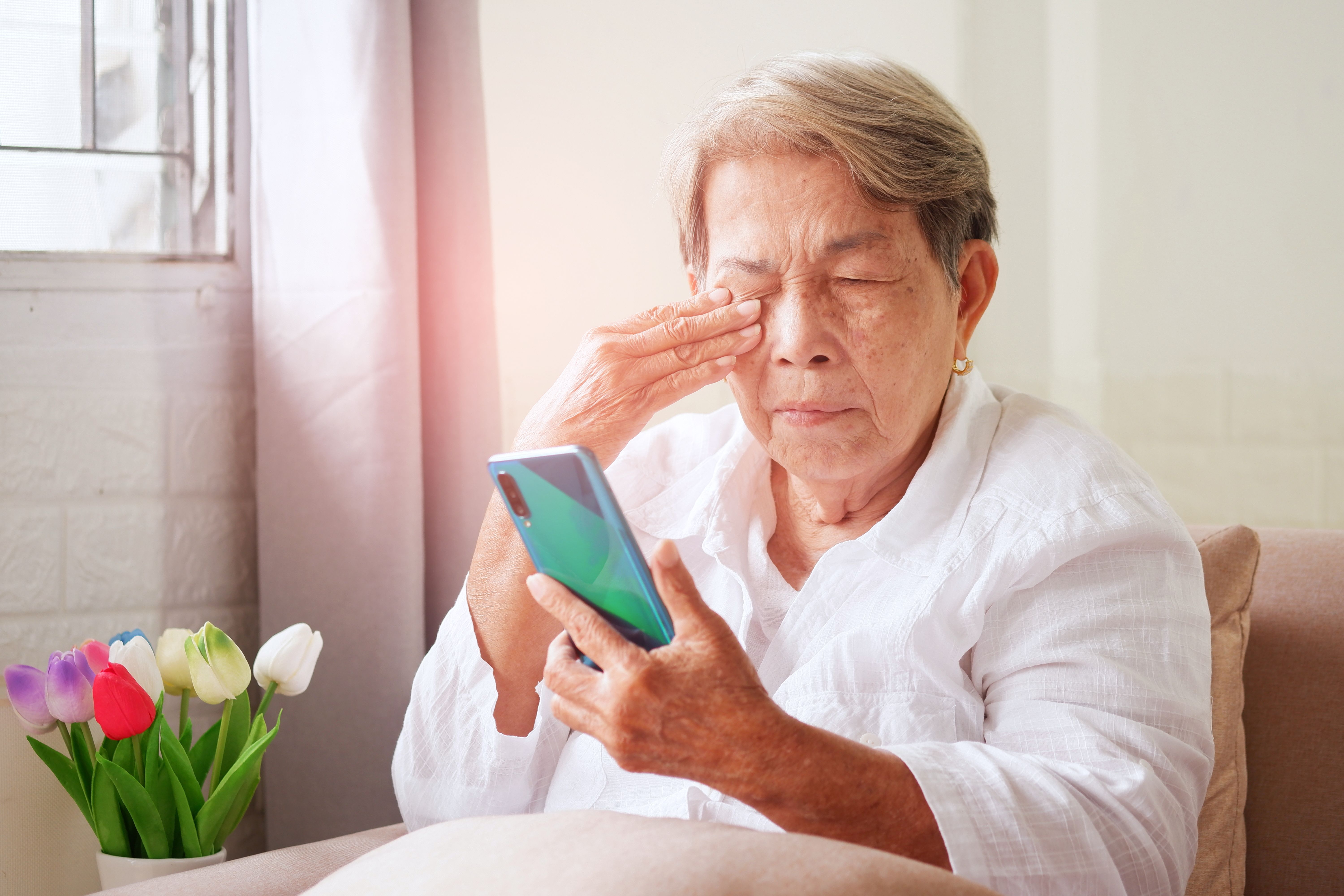All you need to know about heart attacks
- CareBuddy
- 4 Mins Read
- 20 Sep 2022
- Heart Diseases

The heart is a highly-evolved organ that keeps all other organs alive by pumping oxygenated blood to it. If the heart were to stop functioning, a person can die within minutes. This is why it’s absolutely vital that we know how to care for loved ones before, during and after a heart attack.
How does the heart work?
There are 4 chambers in the heart: The right atrium on the upper right, the right ventricle below it, the left atrium on the upper left, and the left ventricle below it.
The right atrium receives deoxygenated blood from the rest of the body and pumps it into the right ventricle, which then pumps that blood to the lungs. At the lungs, it’s filled with oxygen and returned to the heart. The left atrium of the heart receives this oxygenated blood and pumps it to the left ventricle, which then pumps it to the rest of the body through an artery called the aorta. Arteries are the blood vessels that pump blood to various parts of the body and the aorta is the largest artery in the body.
To perform such a crucial task every moment of every day of our lives, the heart itself needs to be supplied with sufficient oxygen. This happens through the coronary arteries which branch out from the aorta and return to the heart to supply the heart muscles with oxygenated blood.
What causes a heart attack?
When the coronary arteries become blocked due to a build-up of plaque due to fat, cholesterol and other materials, this is called coronary heart disease. The heart muscles receive less oxygen and find it harder to pump blood. This is the most common cause of a heart attack.
Common symptoms of a heart attack
- Chest pain or pressure
- Discomfort that radiates to the jaw or left shoulder
- Shortness of Breath
- Sweating
- Palpitations
- Giddiness
- Choking Sensation
- Heart Burn
- Indigestion
- Nausea
What’s the difference between heart attack and sudden cardiac arrest?
The terms “heart attack” and “sudden cardiac arrest” are often used interchangeably but that doesn’t mean they are the same. A heart attack is caused by a blockage of the coronary arteries whereas sudden cardiac arrest is caused by an electrical malfunction in the heart that results in an irregular heartbeat (arrhythmia). A heart attack sufferer is usually conscious whereas sudden cardiac arrest is characterised by an abrupt loss of heart function, breathing and consciousness. A heart attack sometimes leads to sudden cardiac arrest.
What to do when someone is suffering a heart attack?
If you suspect someone of having a heart attack, time is of the essence. Responding quickly is critical because the longer appropriate treatment is delayed, the more heart muscle will die because of lack of oxygen, and the more likely the person may progress to a sudden cardiac arrest and death, or end up with heart failure.
Things to do:
- Get to the hospital as quickly as possible. Call 995. If you can’t get an ambulance to come, have a neighbor or friend drive you.
- Take an aspirin while waiting for emergency help unless you have been told otherwise before or have problems with bleeding or allergy. Aspirin helps keep blood from clotting and when taken during a heart attack, may reduce the degree of heart damage.
- Take nitroglycerin as directed if prescribed before.
- Start CPR if the person is unconscious, and you don’t detect a pulse or breathing (cardiac arrest). Please check out the full instructions on how to perform CPR at [Read Article]
- Use an automated external defibrillator (AED) if available, when sudden cardiac arrest is suspected in an unconscious person. The device will give instructions on how to use it.
These steps can keep the care receiver alive until an ambulance arrives and transports them to a hospital for professional treatment.
Recovery after heart attack
Cardiac Rehabilitation is the catch-all term given to all activities that help a care receiver recover after a heart attack. This is when a caregiver needs knowledge, patience and understanding. Find out more about cardiac rehabilitation in this article.
How to prevent a heart attack?
All the above information is vital. But the best-case scenario is if you don’t need to use it! Because we’ve all heard the axiom that prevention is better than cure. Find out more about how you can prevent a heart attack at [Read Article]
Article reviewed by Dr Peter Ting, Medical Director and Cardiologist, StarMed Specialist Centre.





